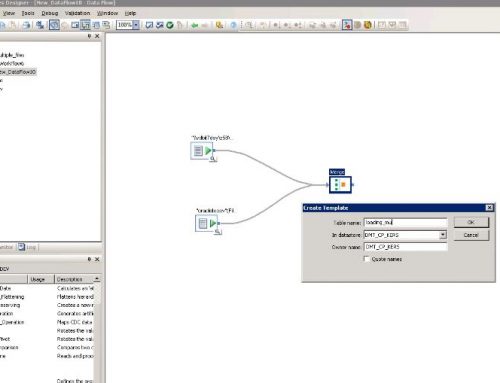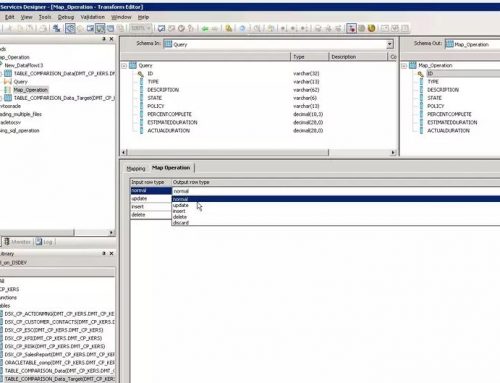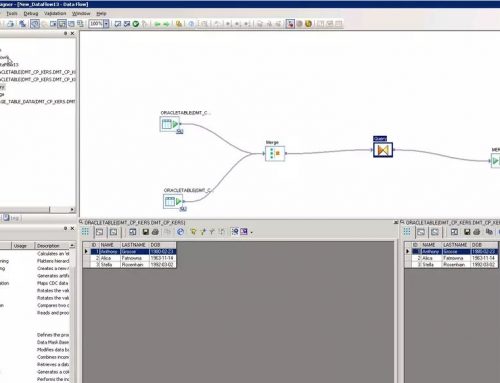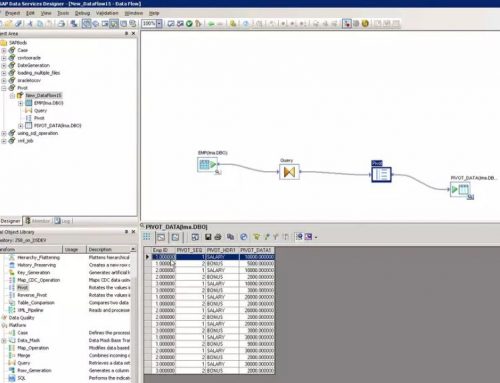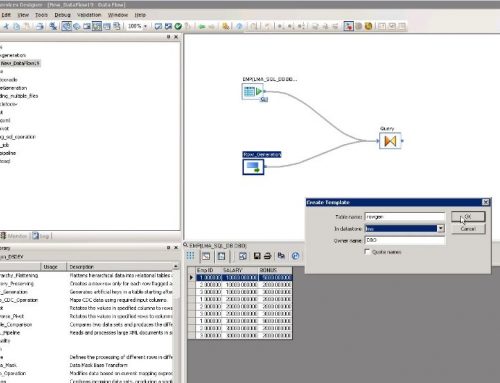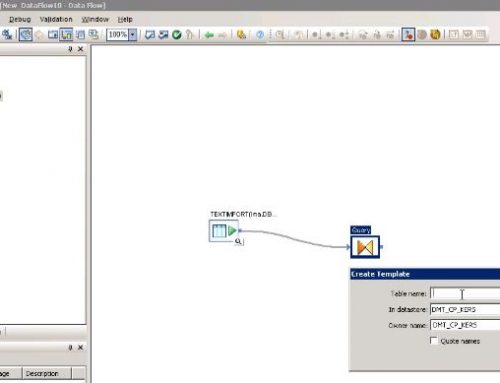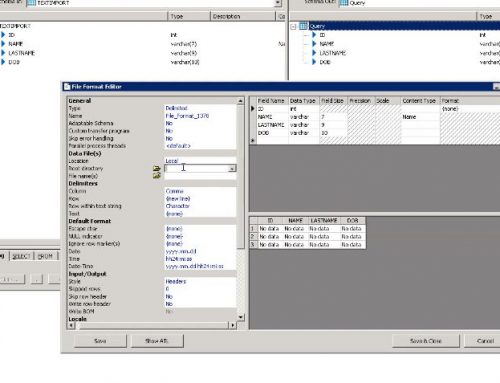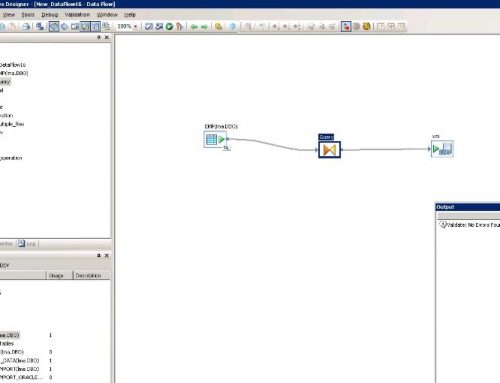When you are making technological transformations, you cannot get to where you are going without a roadmap. In order to find out more how SAP data services can be incorporated into your network, you need to utilize this type of guide. Road maps may be followed for solutions, products, and data services.
The roadmaps for SAP data services for Q4 2017 emphasize the simplification of big data. In this instance, data processing and access will be simplified with the use of SAP Cloud and SAP HANA platform services.
Transforming the Informational Landscape
Indeed, this is good news as big data continues to be a challenge for companies. The focus today is to bridge current enterprise data with new data. Data scientists, in turn, have found that this goal can be realized by integrating the SAP HANA platform with SAP Cloud big data services. If you want to refine data, the Q4 2017 roadmaps can assist you in doing so. By employing SAP Cloud big data services with the SAP HANA platform, a more detailed analysis can be deployed.
For example, by integrating SAP HANA with SAP Cloud big data services, users can relocate lower-value or older data in the Hadoop environment. Beginning in Q4, managed SAP HANA connectivity will be offered for big data services. This is realized through SAP HANA SDA (smart data access) and SDI (smart data integration).
The employment of SDA and SDI necessitates the running of certain components on the big data services environment. Therefore, the SAP HANA roadmap for Q4 will permit users to access one of two paths–either data virtualization or data movement—to query big data services.
The SAP Data Hub
Along with the Q4 roadmaps for data services for SAP Cloud and SAP HANA, SAP Data Hub has been launched to assist businesses in accessing a diverse range of data. By having this advantage, a company can move data wherever it needs to be sent.
SAP Data Hub supports the roadmaps for SAP HANA and SAP Cloud as it offers a more scalable way to manage data over the data landscape. This particular solution makes it possible for companies to create powerful data pipelines – pipelines that can propel a business forward. The Hub represents an open data architecture that is configured to run over relational databases, cloud storage, Hadoop data lakes, and enterprise applications.
In turn, companies can expand data projects and build data-driven applications. When used in conjunction with SAP HANA and SAP Cloud, businesses can drive their ROI and anticipate the needs of their customers.
Creator: Markus Petritz


